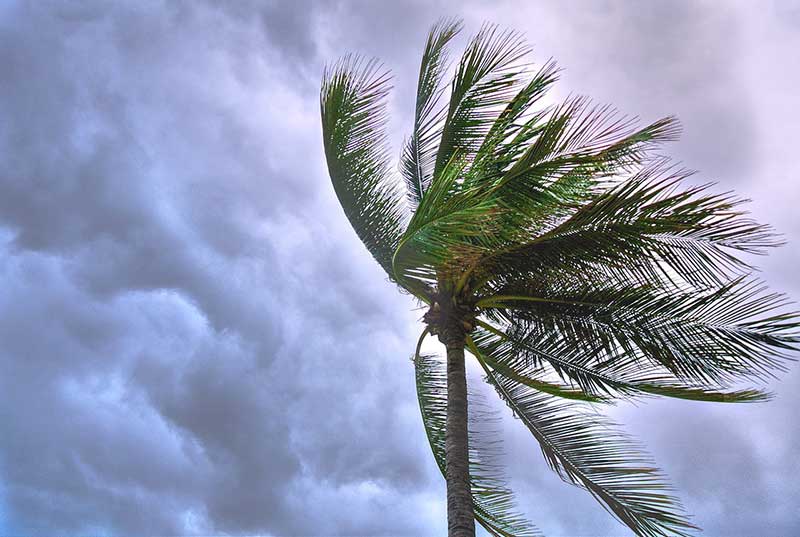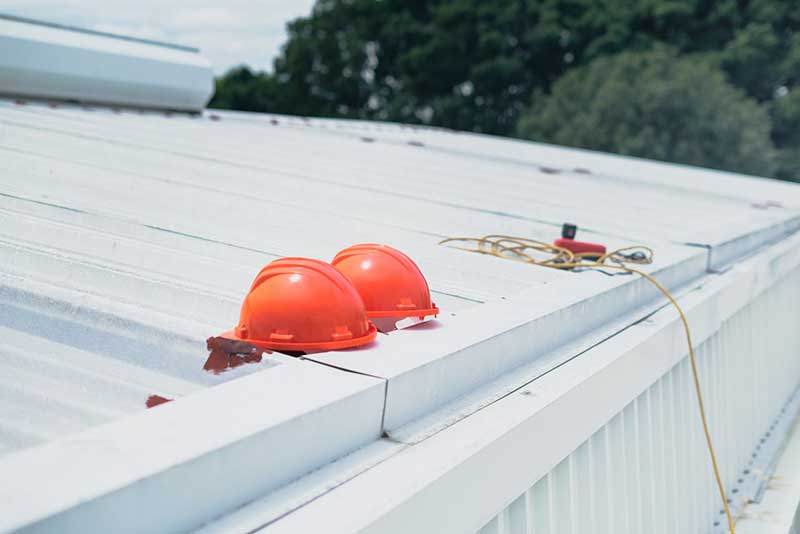
Moving to a new home is exciting, but settling into a storm-prone area can present unique challenges, especially when it comes to roof maintenance. Storms bring high winds, heavy rain, hail, and even tornadoes or hurricanes in some regions, which can put any roof to the test. As a new homeowner in a storm-prone area, focusing on preventative roofing practices can save you from expensive repairs and the stress of last-minute fixes. Let’s explore some proactive tips to keep your roof resilient so you can weather any storm confidently.
Understanding Your Roof’s Materials and Structure
The first step in preventative roofing is understanding the materials and structure of your roof. Not all roofing materials are designed to withstand severe weather conditions. For example, asphalt shingles are affordable and common but may not offer the same durability as metal roofing in areas prone to intense storms. By identifying your roof’s material and assessing its current condition, you can make informed decisions about potential upgrades or reinforcements that might be necessary to ensure it’s storm-ready.
Scheduling Routine Inspections
Routine inspections are essential for maintaining a strong roof. Ideally, roofs should be inspected at least twice a year – before and after storm seasons. Professional roofing inspections can identify potential vulnerabilities, such as loose shingles, weakened flashing, or cracked tiles, that might go unnoticed. Addressing these issues early can prevent them from escalating into more significant problems during a storm, giving you peace of mind.

Clearing Your Roof and Gutters of Debris
One of the simplest yet most effective preventative steps you can take is to clean your roof and gutters of debris regularly. Leaves, branches, and other debris can trap moisture, leading to mold, mildew, and wood rot. These issues weaken your roof and make it more susceptible to storm damage. Cleaning your gutters ensures proper water drainage, reducing the likelihood of water pooling on your roof, which can lead to leaks or structural damage.
Reinforcing Your Roof’s Flashing
Flashing is the metal or rubber material that seals gaps between your roof and other structures, such as chimneys or skylights. Over time, flashing can deteriorate due to weather exposure, creating small openings for water to seep in. Reinforcing or replacing worn-out flashing around vulnerable areas helps prevent leaks, which are especially common during intense storms. Properly maintained flashing provides an extra layer of protection and keeps moisture out, preserving the integrity of your roof.
Preventative Roofing: Trimming Trees Around Your Home
If you have trees near your home, trimming back branches that hang over or near your roof is crucial. During storms, these branches can break off and cause severe damage. Even smaller branches can scrape against the surface, wearing down roofing materials over time. Keeping trees trimmed reduces the risk of damage and helps prevent leaves and other debris from accumulating on your roof. It’s a simple preventative measure that can spare you significant repair costs.
Investing in High-Quality Roofing Materials
If your roof is due for an upgrade or replacement, consider investing in high-quality, storm-resistant materials. For instance, metal roofing is highly durable and withstands strong winds and hail much better than traditional shingles. Impact-resistant shingles are another option for storm-prone areas designed to handle the impact of flying debris. Although these materials can be more expensive initially, they can provide long-term savings by reducing the need for frequent repairs and replacements.
Securing Loose Shingles and Tiles
Loose shingles or tiles are highly susceptible to wind damage and can easily be torn off during a storm. Securing any loose pieces on your roof minimizes the risk of further damage. During a roofing inspection, look for signs of wear and tear or curling shingles and make any necessary repairs. This step is especially important if your roof is aging, as older materials are more likely to loosen over time. Proactively securing your roof can save you from larger problems in the future.
Adding Roof Straps and Clips for Extra Support
In hurricane-prone areas, reinforcing your roof with additional support structures, such as roof straps and clips, can be a lifesaver. These devices help anchor your roof to the walls, providing extra resistance against high winds. Many building codes in storm-prone regions now recommend or require these supports, and they’re relatively easy for a professional to install. Roof straps and clips provide an added layer of protection, helping your roof stay intact even in the face of extreme weather.
Applying a Waterproof Roof Coating
A waterproof coating is an additional measure that can enhance your roof’s durability. Coatings create a protective barrier that helps repel water, reduce the risk of leaks, and extend the lifespan of your roof. These coatings are particularly useful for flat or low-slope roofs, where water may have a tendency to pool. Applying a waterproof coating requires professional expertise, but it’s a smart investment for homeowners in storm-prone areas who want added protection.
Preparing Your Items for Storage
If a severe storm is approaching and you’re concerned about the safety of your belongings, especially in areas of your home that may be vulnerable to leaks or flooding, consider preparing them for storage. Pack delicate or valuable items in waterproof containers and move them to a safe location to prevent potential water or wind damage. It’s also wise to find a safe storage space outside your home to keep these items secure during the storm season. Using a storage space protects your belongings and frees up room in your home to make it safer and more organized in case of an emergency.
Creating an Emergency Roof Repair Kit
Having an emergency roof repair kit on hand can be incredibly helpful in the event of minor damage during a storm. This kit could include essential supplies like a heavy-duty tarp, roofing nails, a hammer, waterproof tape, and sealant. In the immediate aftermath of a storm, a quick temporary fix can prevent further damage until professional repairs can be made. Being prepared allows you to handle small issues effectively and keeps you from being caught off guard by unexpected leaks or broken shingles.

Checking for Attic Leaks After Storms
After a storm has passed, it’s important to check your attic for any signs of leaks or water damage. A damp attic can be an early indicator of roof damage, and addressing these issues promptly can prevent further deterioration. Look for any wet spots, discoloration, or musty odors in your attic, as these are signs of moisture intrusion. Repairing leaks helps maintain the integrity of your roof and prevents mold growth, which can affect both the roof and your indoor air quality.
Building a Relationship with a Trusted Roofer
Developing a relationship with a trusted roofer is invaluable for homeowners in storm-prone areas. Finding a reputable roofing professional means you have someone reliable to call for both routine maintenance and emergency repairs. Many roofers offer preventative maintenance plans that include regular inspections and minor repairs to keep your roof in excellent condition. Having a trusted professional on your side can make all the difference when dealing with unexpected storm damage.
A Roof That’s Ready for Any Storm
Preventative roofing in a storm-prone area is all about foresight and preparation. By taking these steps, you’re protecting your roof. You’re also safeguarding the investment you’ve made in your new home. From routine inspections to finding a safe storage space for items during extreme weather, these strategies help you face storm seasons confidently. A resilient roof brings peace of mind. It allows you to enjoy your new home fully, knowing it’s built to withstand any storm.
article by Janice Ruano

